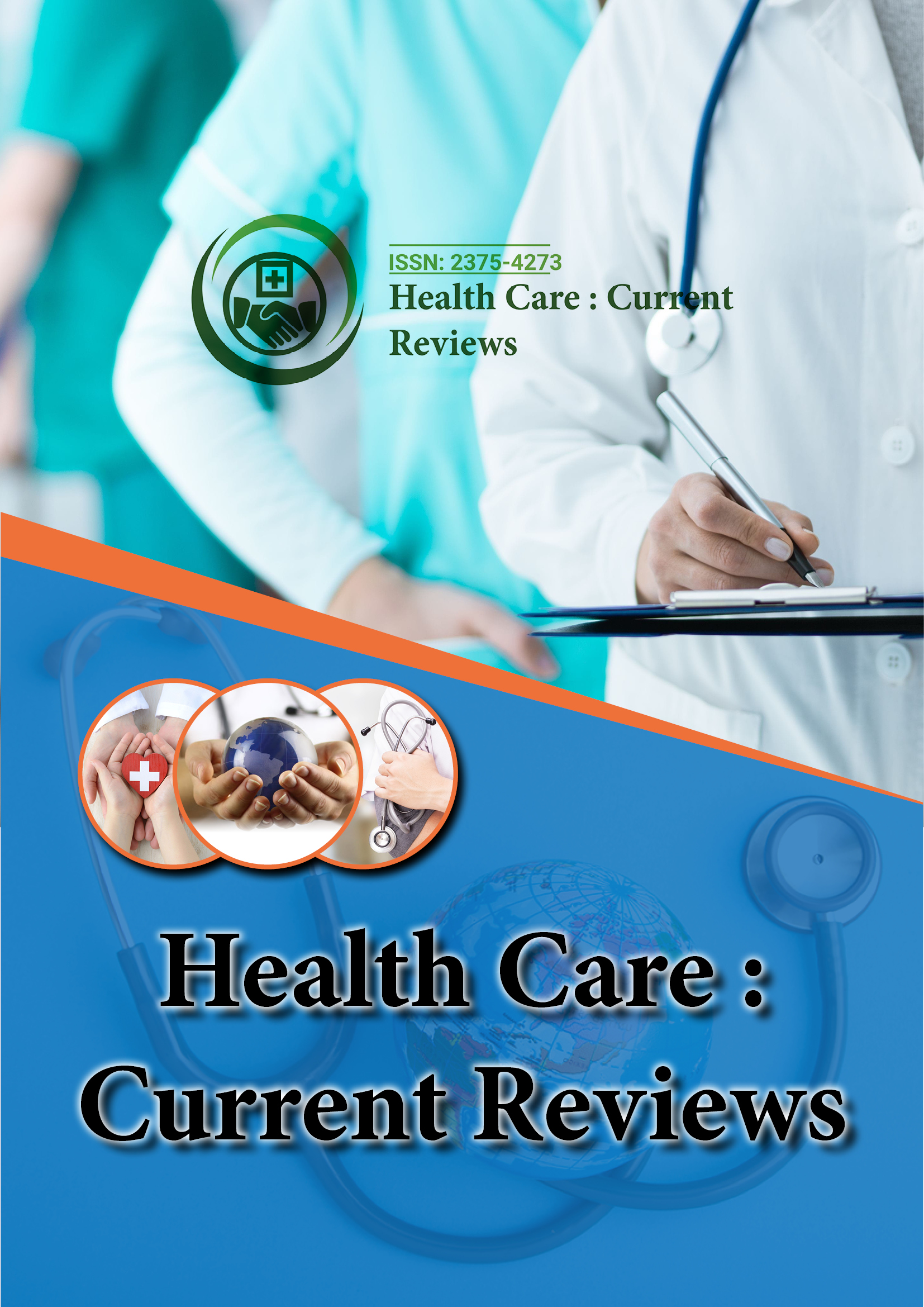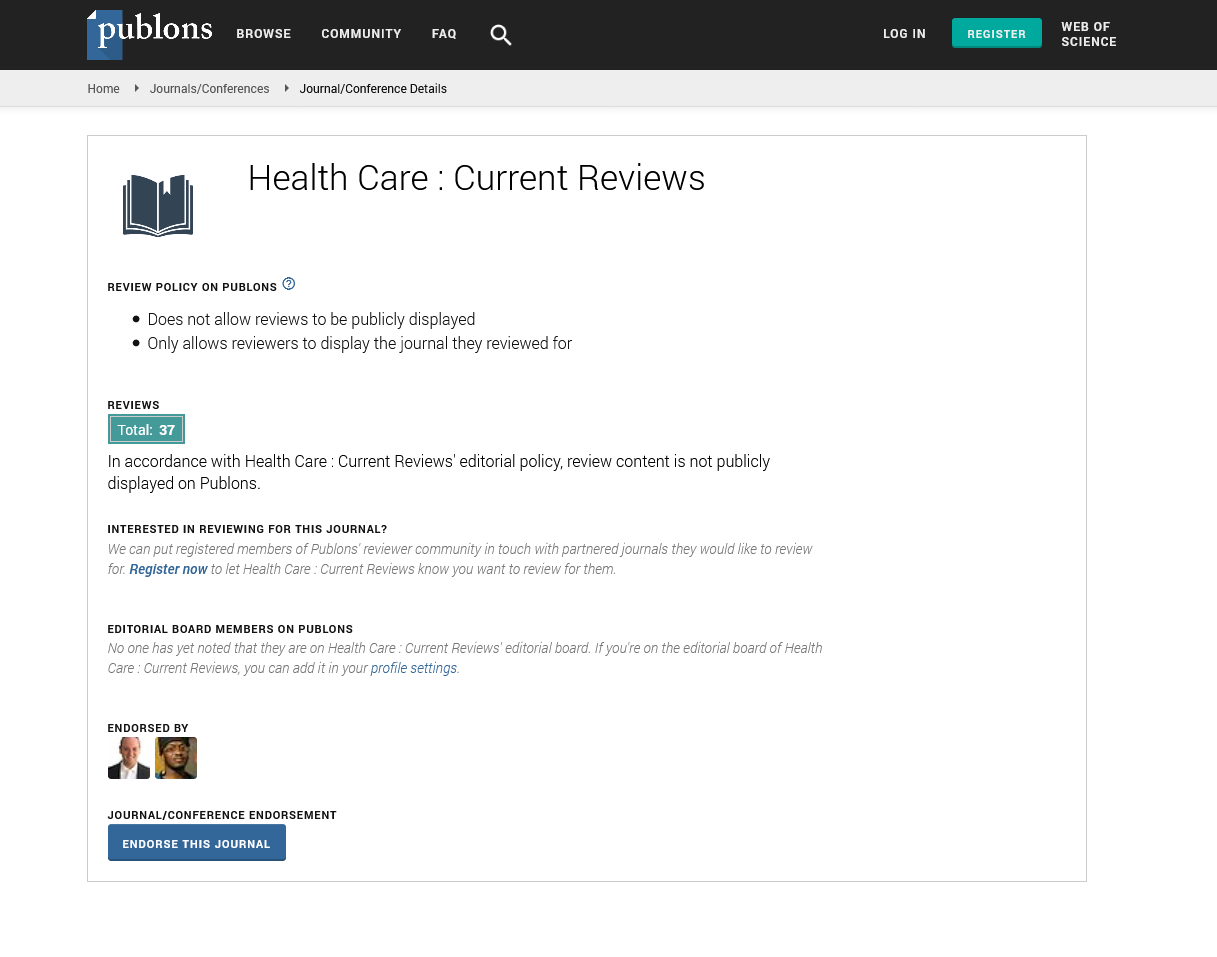Indexed In
- Open J Gate
- Academic Keys
- RefSeek
- Hamdard University
- EBSCO A-Z
- Publons
- Geneva Foundation for Medical Education and Research
- Google Scholar
Useful Links
Share This Page
Journal Flyer

Open Access Journals
- Agri and Aquaculture
- Biochemistry
- Bioinformatics & Systems Biology
- Business & Management
- Chemistry
- Clinical Sciences
- Engineering
- Food & Nutrition
- General Science
- Genetics & Molecular Biology
- Immunology & Microbiology
- Medical Sciences
- Neuroscience & Psychology
- Nursing & Health Care
- Pharmaceutical Sciences
Incidence and predictors of mortality among neonates admitted with Respiratory Distress Syndrome (RDS)
Joint Webinar: 8th World Summit on Neonatal Nursing and Pediatrics Healthcare & 9th International Conference on Mental Health and Psychiatry
May 22, 2023 | Webinar
Bruck Tesfaye Legesse
Wollega University, Ethiopia
Scientific Tracks Abstracts: Health Care Curr Re
Abstract:
Introduction: Respiratory distress syndrome is among the major causes of neonatal death, particularly in low-resource countries such as Ethiopia. However, data on the mortality related to respiratory distress syndrome and the predictors of death were scarce. Hence, this study aimed to assess the incidence and predictors of death among neonates admitted with respiratory distress syndrome in West Oromia Referral Hospitals, Ethiopia, 2022. Methods: A retrospective follow-up study was conducted from May 01 to 30, 2022 among 406 neonates admitted with respiratory distress syndrome in West Oromia referral hospitals, in Ethiopia. A simple random sampling technique was employed. Data were collected using a structured checklist adapted from different literature and entered into Epi data version 4.6.0.2 and exported to STATA Version 14 for cleaning, coding, and analysis. The Kaplan–Meier curve was used to estimate survival time. The Weibull regression model was fitted to identify the predictors of mortality, which was selected based on AIC. Adjusted hazard ratio with 95% CI was computed, and variables with a P-value <0.05 was taken as significant predictors for the incidence of mortality from respiratory distress syndrome. Result: A total of 406 neonates with respiratory distress syndrome medical records with a completeness rate of 95.98% participated in the study. The overall incidence of neonatal mortality was 59.87/1000 neonates-days observations (95%CI: 51.1-70.2). The proportion of death was 152 (37.44%) (95% CI: 32.7-42.2) among neonates admitted with respiratory distress syndrome in five West Oromia Referral hospitals. The median survival time of follow-up was 11 days (95% CI: 10-23). Very low birthweight (AHR=4.5, 95%CI: 2.0-10.9) and low birth weight (AHR=3.1, 95%CI: 1.4-6.6), perinatal asphyxia (AHR= 2.7, 95%CI: 1.8-4), Chorioaminoitis (AHR=2.2, 95%CI: 1.4-3.5) and multiple pregnancy (AHR= 2.2, 95%CI: 1.4-3.4) was a predictor of mortality while antenatal corticosteroid administration (AHR= 0.33, 95%CI: 0.2-0.7) was negatively associated with neonatal mortality of respiratory distress syndrome. Conclusion and Recommendation: The incidence of death among neonates admitted with respiratory distress syndrome was found to be high. Chorioamnionitis, perinatal asphyxia, very low and low birth weight, and multiple pregnancies were significant predictors of death. Thus special attention is needed for neonates with the predictors and antenatal corticosteroid administration is better to be implemented for mortality reduction among neonates with respiratory distress syndrome. Keywords: Incidence; Neonatal mortality; Neonatal Respiratory Distress Syndrome; Ethiopia.
Biography :
Bruck Tesfaye Legesse is a lecturer starting from September 04/2022 to present at the School of Nursing and Midwifery, Wollega University, Ethiopia who teaches Pediatrics and Child health Nursing courses. He thinks that as an academician conducting different research is mandatory in apparent to lecturing the students. He participated in different research and community services when some of the research works are on the way to being published inpeer-reviewed international journals. He holds BSc in Nursing from Madda WalabuUniversity with a CGPA of 3.9 by July/07/2019 and an MSc in Pediatrics and Child Health Nursing from the University of Gondar by September/04/2022 with a CGPA of 3.87 and with an excellent thesis result. He is looking for scholarship options to continue a Ph.D. study..

